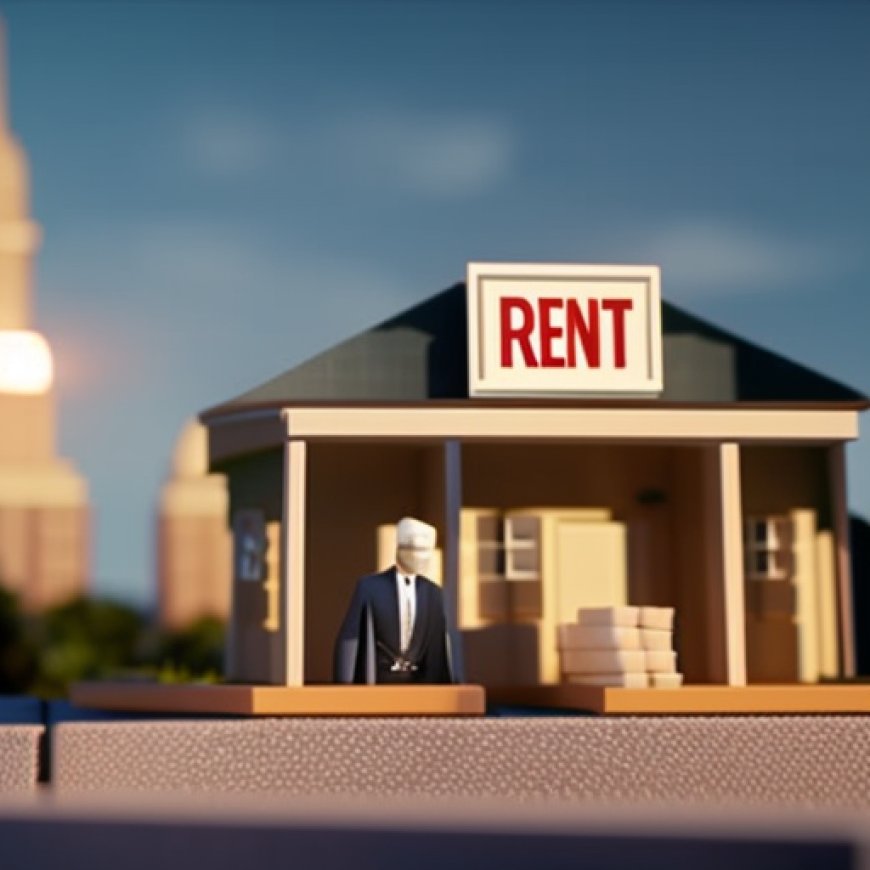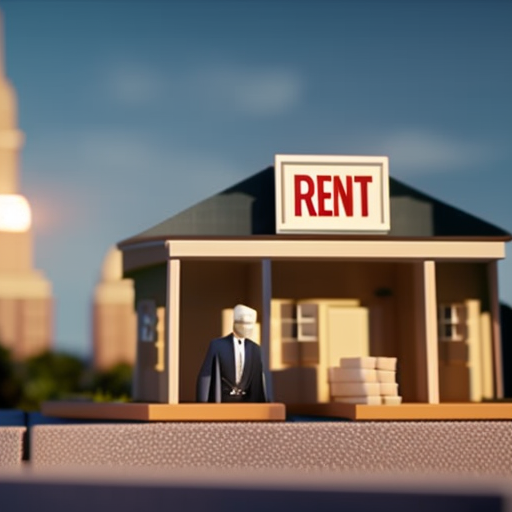Biden administration to cap rent increases for some affordable housing units
White House, HUD to announce rent increase cap for LIHTC units The Washington Post


The Biden Administration Announces New Cap on Rents for Affordable Housing Units

Introduction
The Biden administration is set to announce a new cap on how much rents can go up in certain affordable housing units that are subsidized by the federal government. This move, which limits the amount property owners can raise rents, is part of the administration’s efforts to address housing affordability and align with the Sustainable Development Goals (SDGs).
New Cap on Rent Increases
Under the new regulations, yearly rent increases for affordable housing units in tax-credit programs for low-income housing will be capped at 10 percent. This measure is expected to apply to more than a million homes, contributing to SDG 11: Sustainable Cities and Communities.
Affordability Rules and Impact
Developers seeking funding from the Low-Income Housing Tax Credit program must commit to certain affordability rules, making it difficult for rents to climb 10 percent in a year. The new cap ensures that in rare situations where rent increases reach this level, there is still a ceiling. While some economists suggest that the impact may be limited due to the existing restrictions on rent increases, this measure reinforces SDG 1: No Poverty and SDG 10: Reduced Inequalities.
Mixed Reactions
Initial reactions to the new cap were mixed. Some housing experts expressed concerns that even a high cap could discourage developers from building more affordable housing units, especially considering the already high costs. However, tenant advocates applauded the decision, emphasizing the importance of federal funding and tenant protections going hand-in-hand. This aligns with SDG 3: Good Health and Well-being and SDG 8: Decent Work and Economic Growth.
Housing Initiatives and Challenges
The announcement comes after President Biden proposed several housing initiatives to address the shortage of homes in the United States. While new houses and apartments are under construction, economists worry that they primarily cater to higher-end markets and may not immediately solve affordability challenges. These initiatives aim to support SDG 9: Industry, Innovation, and Infrastructure.
Addressing Inflation and Affordability
Rents have surged during the pandemic and continue to contribute to inflation. Although real-time data shows rent dropping in major cities, it remains a significant burden for lower-income tenants. Increasing housing supply is widely seen as a key solution, and the Department of Housing and Urban Development (HUD) assures that the new cap will not further impact supply. HUD regularly analyzes income and housing data to determine appropriate rent pricing, supporting SDG 2: Zero Hunger.
Future Outlook
While it has been rare for rents to climb 10 percent in the past, changes in the housing sector, high inflation, and shifts in the labor market make it uncertain whether this trend will continue. The shortage of housing in the country is acute, and addressing it requires adapting to the new economic landscape. This reflects the importance of SDG 7: Affordable and Clean Energy and SDG 13: Climate Action.
SDGs, Targets, and Indicators Analysis
1. Which SDGs are addressed or connected to the issues highlighted in the article?
- SDG 1: No Poverty – The article discusses affordable housing for low-income individuals.
- SDG 11: Sustainable Cities and Communities – The article highlights the need for more affordable housing and the impact of rising rents on lower-income tenants.
2. What specific targets under those SDGs can be identified based on the article’s content?
- SDG 1.4: By 2030, ensure that all men and women, in particular, the poor and the vulnerable, have equal rights to economic resources, as well as access to basic services, ownership, and control over land and other forms of property.
- SDG 11.1: By 2030, ensure access for all to adequate, safe, and affordable housing and basic services and upgrade slums.
3. Are there any indicators mentioned or implied in the article that can be used to measure progress towards the identified targets?
- Indicator 1.4.2: Proportion of total adult population with secure tenure rights to land, with legally recognized documentation and who perceive their rights to land as secure, by sex and type of tenure.
- Indicator 11.1.1: Proportion of urban population living in slums, informal settlements, or inadequate housing.
Table: SDGs, Targets, and Indicators
| SDGs | Targets | Indicators |
|---|---|---|
| SDG 1: No Poverty | Target 1.4: By 2030, ensure that all men and women, in particular, the poor and the vulnerable, have equal rights to economic resources, as well as access to basic services, ownership, and control over land and other forms of property. | Indicator 1.4.2: Proportion of total adult population with secure tenure rights to land, with legally recognized documentation and who perceive their rights to land as secure, by sex and type of tenure. |
| SDG 11: Sustainable Cities and Communities | Target 11.1: By 2030, ensure access for all to adequate, safe, and affordable housing and basic services and upgrade slums. | Indicator 11.1.1: Proportion of urban population living in slums, informal settlements, or inadequate housing. |
Behold! This splendid article springs forth from the wellspring of knowledge, shaped by a wondrous proprietary AI technology that delved into a vast ocean of data, illuminating the path towards the Sustainable Development Goals. Remember that all rights are reserved by SDG Investors LLC, empowering us to champion progress together.
Source: washingtonpost.com

Join us, as fellow seekers of change, on a transformative journey at https://sdgtalks.ai/welcome, where you can become a member and actively contribute to shaping a brighter future.







